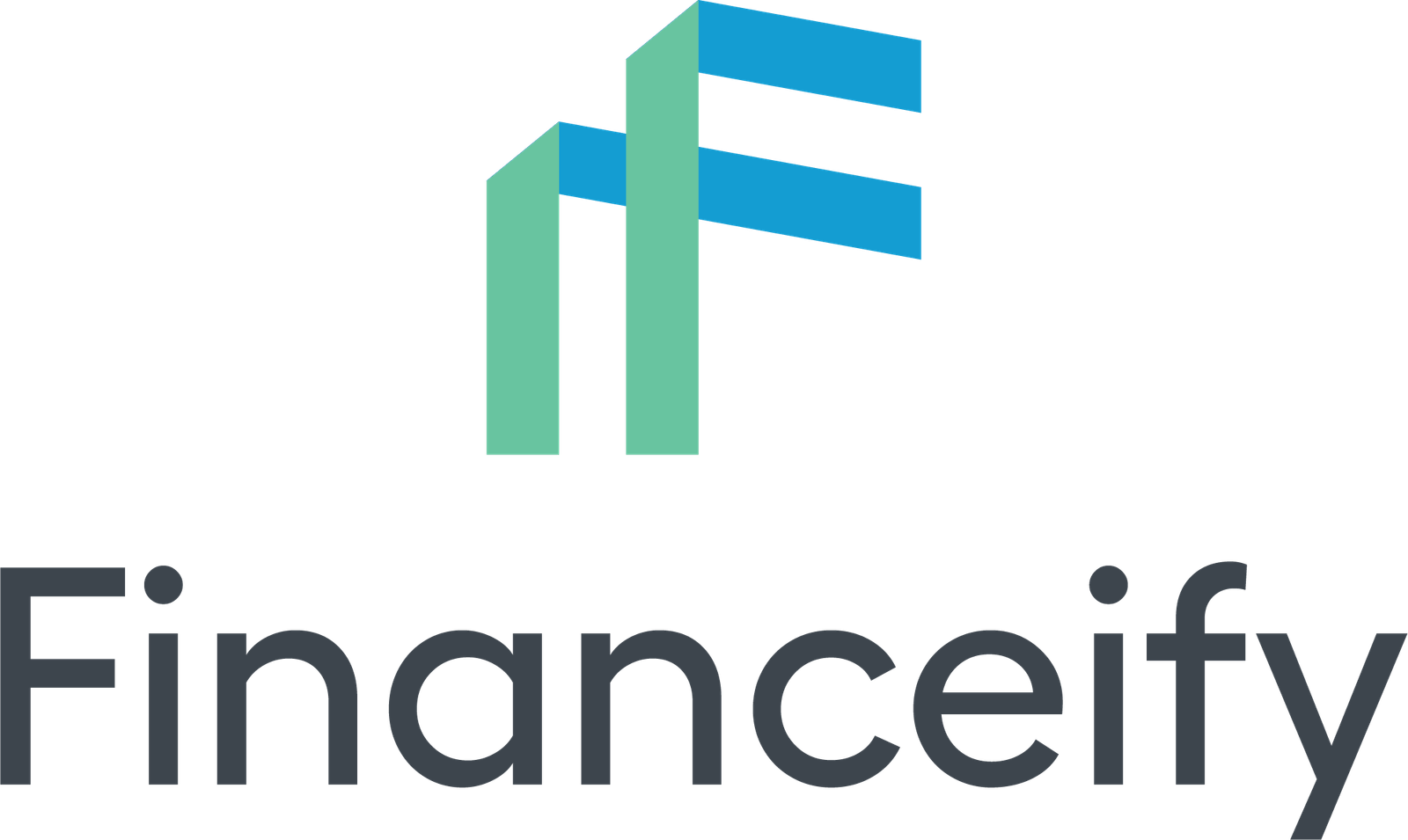CRM2 implementation is still ongoing, but regulators are already considering how to push for greater transparency.
Regulators could tighten the reporting of securities investments, including insurance offerings, GICs, annuities and segregated funds. They are not yet included under the new disclosure requirements, but since 2012, industry regulators have been monitoring how advisers recommend and sell such products.
“The CRM2 policy was established by the CSA but handed over to local government organizations so that they can work with the industry to implement it,” says Joanne De Laurentiis, president and CEO of IFIC. In turn, local government organizations urged members to meet the highest reporting standards for all investments. For example, in addition to securities reporting, “many MFDA firms report on non-securities investments.” This means they are taking steps to exceed current reporting requirements (see “MFDA and IIROC on securities” in our tablet edition).
Get ahead of regulators
Non-securities investments have different characteristics than traditional investments, so help clients understand how they work. For example, segregated funds have insurance components, GICs may be market-linked, and annuities may have an underlying invested capital. Therefore, the key is to treat non-securities trading activities in the same way as securities activities, “from both a compliance and disclosure perspective,” says Daniel Popescu, president and CEO of Harbourfront Wealth Management based in Vancouver.
One way to achieve this is to educate customers evenly from the beginning about all of the company’s services and products. Wayne Bolton, chief compliance officer at Edward Jones in Toronto, says his company offers a six-page document that helps clients understand how the company is compensated for the financial services it provides. This document outlines the costs associated with investing in stocks and bonds, as well as non-securities such as GICs.
Moreover, “we report on non-securities instruments, including segregated funds and annuities,” Bolton explains. “On the trade confirmation side, we disclose any compensation we receive directly from issuers. So, if a segmented fund is sold on a deferred sales commission basis, we include the dollar amount that we receive from the issuer for that fee – the customer doesn’t pay directly for that fee, but we do include it. And in the future, if you have annual reports, seg and GIC funds will be included in them.
To further exceed CRM2 requirements, Popescu says, advisors can follow these three steps.
1. Use a range of custom KYC forms.
Standard forms are typically one long questionnaire that asks for the same information as new account forms. “Designing (new) forms was not a requirement of IIROC,” Popescu says. However, his firm’s advisors currently use a series of 10 short forms for an average of four to six meetings. The process encourages advisors to collect clients’ financial data during the first meeting. In subsequent meetings, they discuss clients’ goals and histories, the company’s services, and a variety of products and fees, including non-securities transactions. Only then do customers invest.
When discussing non-securities investments with clients, talk about alternatives. Suggest other options and explain how securities and other securities compare. For example, a seg fund can be compared to a mutual fund.
After completing all 10 forms, his firm recommends that “advisors receive signed acknowledgments from clients that (all) disclosures have been made.”
There are also note-taking sheets that contain lists of recommended discussion points included with all KYC forms. These sheets allow advisors to add detailed information about their clients’ situations. By comparison, most industry-specific forms only require notes when customer information changes, Popescu says.
2. Take extra steps to sell insurance.
For insurance products, Popescu has developed an internal suitability checklist that advisors must meet before they are compensated for selling insurance. “Before we release commissions, you must review a number of (compliance) documents containing various disclosures. If we determine that these documents are satisfactory and in the best interests of clients, we (compensate) advisors. We also have an advisor disclosure form that outlines how much advisors are compensated. (Advisors) must refer to this information (before) advising’, otherwise they will have to go back to the client to complete the missed steps. So far, his company has had no problem with waiving the commission, he adds.
3. Disclose non-securities performance.
In new disclosure documents, companies and advisers will have to “indicate the performance of the securities for one year and since inception. In our company, (results) will be determined by time- and money-weighted calculations,” Popescu says.
For non-securities instruments, its advisors may use the performance tracker to help clients better understand these products. “For both securities and non-securities, we have a spreadsheet with initial investment amounts and any product additions or redemptions.” If you take a GIC, for example, “you calculate the internal rate of return based on income and eventual income distribution, plus capital appreciation, depending on (or) market-linked product.” Popescu adds that his company’s advisors explain the structure and built-in fees associated with these products before clients invest in them.
To properly review performance spreadsheets with clients, advisors need to know how to explain “a summary of how the unsecured value was calculated” for each investment, he says. Also offer updates on performance metrics “from both a dollar and percentage perspective.”


